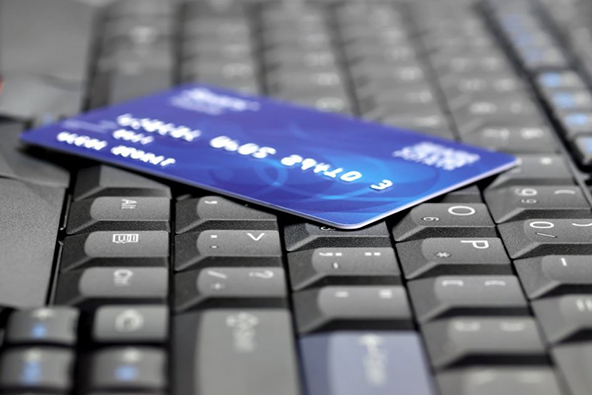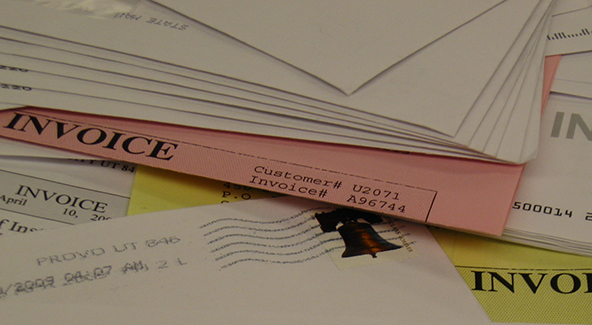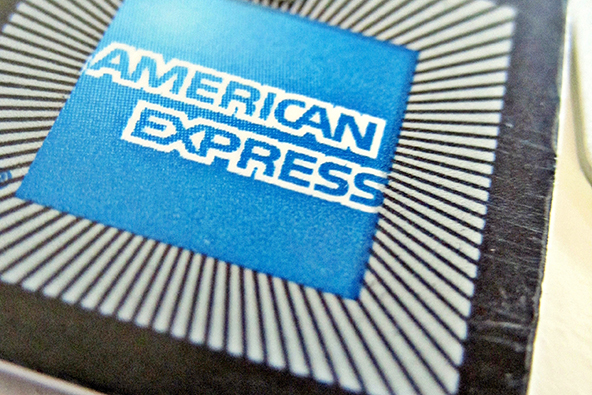Dealing with Fake Chargebacks

Chargebacks represent one of the biggest risks faced by merchants accepting credit cards. Not only are they costly, but they can also jeopardize the good standing of your merchant account. Both Visa and MasterCard allow no more than 1 percent of the total number of your transactions to be charged back in any given month and your processor is likely to force you to implement preventive measures long before you reach this threshold. Moreover, once you get into trouble with chargebacks, your funds will probably be withheld until you can prove that your chargebacks are under control.
Most of the time legitimate businesses can rein in chargebacks by building their sales procedures around a set of best practices for processing transactions and communicating with customers and these are reviewed in great detail in our Chargeback Manual.
Unfortunately chargebacks are not always caused by fraud or processing errors or otherwise caused by a deficiency in the merchant’s sales processing procedures. In many instances customers try to game the system by charging back legitimate transactions for which they are responsible. Sadly, they often succeed. So what do you do about it? Well, you should keep transaction details in your system for a year (transactions can be charged back to you within six months of the transaction date). You should also work closely with your processing bank and provide all relevant information to be represented whenever a chargeback is initiated.
New services are offering help with preventing chargebacks as well. A website — www.badcustomer.com — provides businesses with the option to list bad customers in their database, as well as to check for potential scammers before shipping merchandise or providing a service.
Yet, chances are that you will never eliminate fake chargebacks completely. When all else fails, you should not hesitate to recover losses through collection efforts. Once you have determined that the customer has actually received the goods or services at issue, you should:
- Send collection messages via emails and letters to collect low dollar amounts. For low dollar amount transactions, the most cost-effective tools at your disposal are the email and the letter. Send one of each to your customer requesting that the amount at issue is paid in full by a certain date. If you have received a letter from your customer as part of the transaction dispute, attempt to address his or her concerns and resolve the issue in a way that is mutually satisfactory.
- Call your customer. Customers who do not respond to emails and letters should be contacted by phone. Once again you should firmly request that the outstanding balance is paid in full by a certain date.
- Employ external collection agencies for remaining customers with unpaid balances. Some customers will not respond to your internal collection efforts and should be outsourced to external collection agencies. Collection agencies are typically paid on a contingent basis. Their rates vary depending on a multitude of factors, including total amount of the unpaid accounts, average account balance, age of the accounts (measured from the date the balance first became due), etc. Before selecting a collection agency, you should thoroughly evaluate the candidates and check their references. Make sure that they have experience working with other businesses in your industry and that their recovery rates are adequate. Also important is to verify that the prospects are complying with the Fair Debt Collection Practices Act and that employing them will not hurt your reputation.
Image credit: Hbl.fi.


